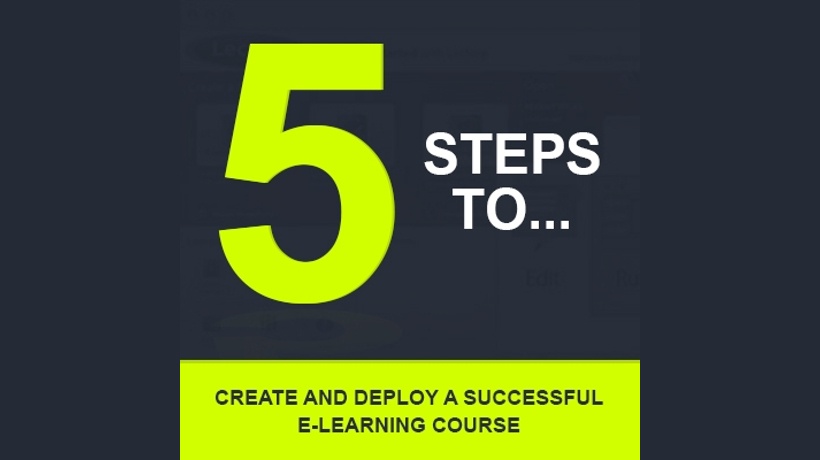How To Create And Deploy A Successful e-Learning Course
If you are wondering where to start, follow these 5 steps to create and deploy a successful e-Learning course.
- Research
Make sure you have done your research before you create and deploy your course. First, take a look at your target audience. Figure out what you want them to get out of the course. Once this is defined, take a look at your designer and his or her course creation skill set. If the course is covering advanced material and includes complex content, the designer’s skill set should match. Next, research various authoring tools to ensure you choose the right tool for the learners’ needs. Should you simply use PowerPoint? Or should you use a full-featured authoring tool like Lectora Inspire? - Develop Specific Objectives
Create a list of objectives for your course. This list should consist of at least 5-10 objectives that follow the SMART criteria. Make sure your objectives are specific, measurable, attainable, relevant and time-bound. Here are a few examples:- Create a complex course that includes branching scenarios that correspond to learners’ aptitude levels
- Increase your learners’ knowledge of the topic by 10% at the time of course completion
- Design a course for learners to gain a new, advanced skill practical to their job roles
- Begin Development
Once you have done your research and set the key objectives for the course, it is time to sit down and begin creating your online training. Take your time. A fantastic e-Learning course will not be completed in a day. Make sure you learn all of the features available within the authoring tool that you choose to ensure you give your learners the best possible experience. If you decide to use Lectora, there are plenty of free e-Learning resources in Lectora University including sample e-Learning courses and video tutorials that can help you navigate through all the robust features. Also, make sure you are always referencing your key objectives throughout your development process. - Ask for Feedback
Once you finished your initial draft of the course, ask for feedback. Have other colleagues or subject matter experts evaluate your course, and see if there is any room for improvement. Constructive criticism is extremely beneficial when it comes to creating a successful e-Learning course. Also, take the course yourself. Make sure everything is working the way you envisioned. - Evaluate
After you deploy your course, evaluating it is the most important step. In order to determine if you have reached your goal, it’s important to evaluate your objectives to see if you have met them. Some of your evaluation will occur within your course, like in the results of an assessment. Other information you can evaluate could come from the learners themselves. For example, consider administering a survey at the end of the course to determine the value of the course from the learners’ perspective. From there, you can decide if all your goals have been met or if you have a few things you can improve on in your next e-Learning course.
Setting aside the time to think about your goals for an e-Learning course is an investment that pays off and creates a positive learning experience for your learners. Use these 5 steps as a guide to develop and deploy an effective and engaging course that achieves your target objectives and benefits your learners.

